Home>Gardening & Outdoor>Landscaping Ideas>What Part Of Fertilizer Burns Lawns
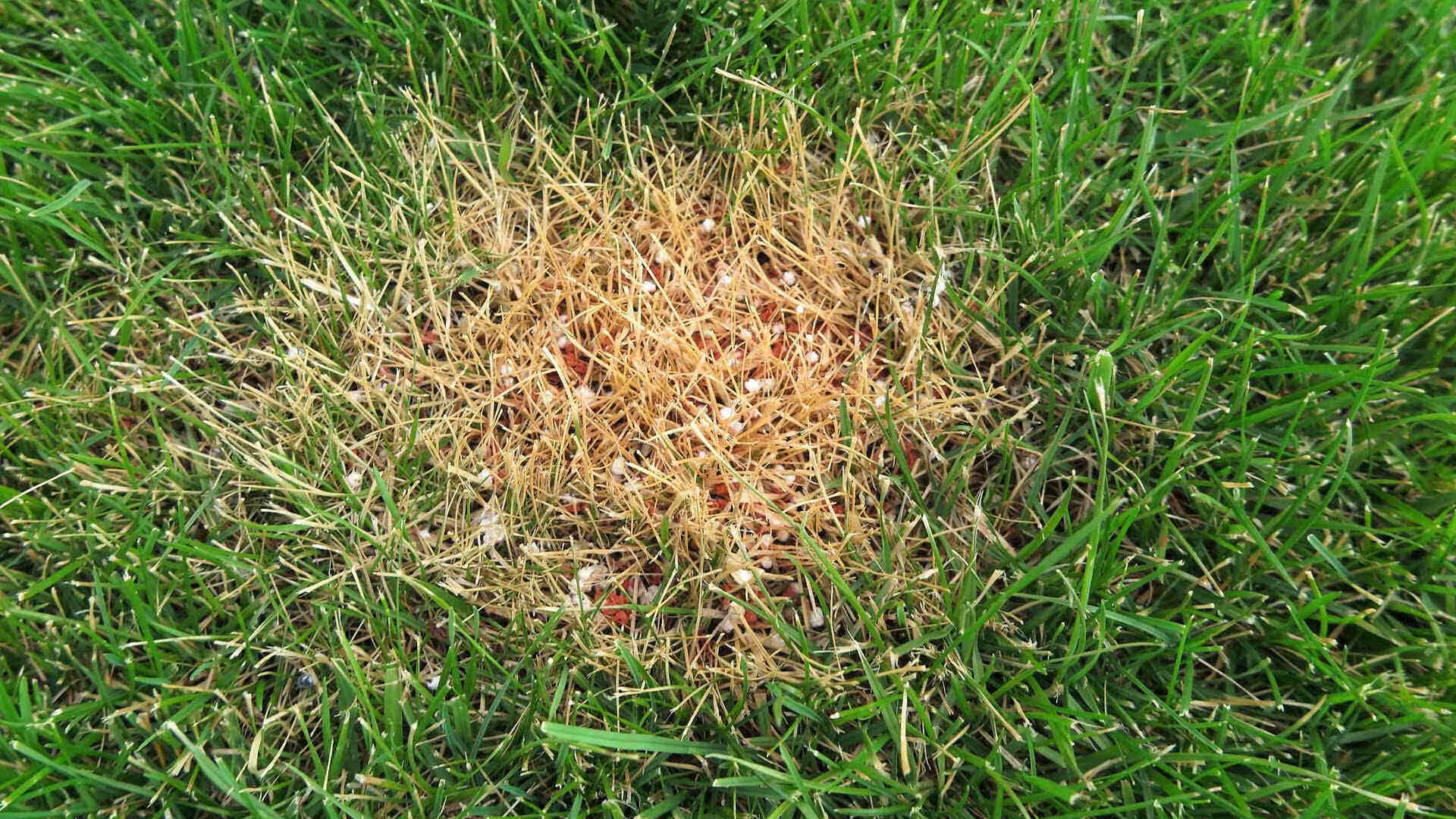

Landscaping Ideas
What Part Of Fertilizer Burns Lawns
Modified: January 6, 2024
Discover how specific types of fertilizer can burn your lawn and learn effective landscaping ideas to prevent damage and promote healthy growth. Explore expert tips and solutions for maintaining a lush, green lawn.
(Many of the links in this article redirect to a specific reviewed product. Your purchase of these products through affiliate links helps to generate commission for Storables.com, at no extra cost. Learn more)
Introduction
Landscaping enthusiasts and homeowners alike often rely on fertilizers to nourish and maintain the lush green appearance of their lawns. However, the improper application or selection of fertilizers can lead to an adverse effect known as fertilizer burn. Understanding the causes, signs, and prevention of fertilizer burn is essential for preserving the health and vibrancy of your lawn. In this article, we will delve into the intricacies of fertilizer burn, exploring the types of fertilizers that can cause burn, the contributing factors, and effective prevention and treatment methods. By gaining insight into these aspects, you can ensure that your lawn remains a thriving and verdant focal point of your outdoor space.
Key Takeaways:
- Avoid fertilizer burn by using slow-release fertilizers and following recommended application rates. Understanding the signs and factors of burn helps maintain a healthy, vibrant lawn.
- Treat fertilizer burn with deep watering, soil amendment, and aeration to aid grass recovery. Patience and ongoing care are essential for restoring lawn health.
Read more: What To Do If Fertilizer Burns Grass
Understanding Fertilizer Burn
Fertilizer burn occurs when lawn grass is damaged by the overapplication of fertilizer or the use of certain types of fertilizers. The primary cause of this damage is the excessive concentration of salts present in the fertilizer. When the salt content becomes too high, it draws moisture away from the grass, leading to dehydration and scorching. This process disrupts the normal osmotic balance within the grass, hindering its ability to absorb water and essential nutrients from the soil.
Furthermore, the nitrogen component in some fertilizers, particularly quick-release nitrogen, can contribute to fertilizer burn. Quick-release nitrogen is more likely to cause damage because it releases a surge of nutrients that the grass may not be able to absorb efficiently, resulting in stress and potential burn.
It is important to note that fertilizer burn is different from under-fertilization, as both scenarios can manifest similar symptoms such as yellowing and wilting of the grass. However, under-fertilization is characterized by a lack of essential nutrients, while fertilizer burn results from an excess of nutrients that disrupt the grass’s natural balance.
Understanding the mechanisms behind fertilizer burn empowers homeowners and landscapers to make informed decisions when selecting and applying fertilizers, ultimately safeguarding the health and vitality of their lawns.
Types of Fertilizer That Can Cause Burn
Several types of fertilizers have the potential to cause burn if not used appropriately. One common culprit is high-nitrogen fertilizers, especially those with a quick-release formulation. While nitrogen is essential for promoting healthy growth and vibrant green color in lawns, excessive amounts can lead to burn. Quick-release nitrogen fertilizers deliver a rapid surge of nutrients to the grass, overwhelming its capacity to absorb and utilize them efficiently, thus increasing the risk of burn.
Furthermore, fertilizers with high salt content, such as potassium chloride and ammonium sulfate, can also contribute to fertilizer burn. These salts, when present in excessive concentrations, draw water away from the grass, causing dehydration and scorching. Additionally, slow-release fertilizers, if overapplied, can lead to burn as they release nutrients over an extended period, potentially accumulating to levels that surpass the grass’s capacity for absorption.
It is important for homeowners and landscapers to carefully review the nutrient composition and application instructions of fertilizers before use. By understanding the potential effects of different fertilizer types, they can make informed choices to mitigate the risk of burn and promote the optimal health of their lawns.
Factors That Contribute to Fertilizer Burn
Several factors can contribute to the occurrence of fertilizer burn on lawns, necessitating a comprehensive understanding of these elements to effectively prevent and address the issue. One significant contributing factor is the application of excessive amounts of fertilizer. Overapplication can lead to an accumulation of nutrients and salts in the soil, surpassing the grass’s capacity for absorption and utilization. This imbalance disrupts the osmotic equilibrium within the grass, resulting in dehydration, wilting, and ultimately, burn.
The timing of fertilizer application also plays a crucial role in preventing burn. Applying fertilizer during periods of high temperature and drought can exacerbate the risk of burn, as the grass is already under stress from environmental conditions. Additionally, improper watering practices, such as inadequate irrigation after fertilization, can intensify the effects of fertilizer burn. Inadequate watering fails to dilute the concentration of salts in the soil, amplifying the potential for dehydration and scorching of the grass.
Soil composition and pH levels are further influential factors in the occurrence of fertilizer burn. Different soil types and pH levels can impact the availability and uptake of nutrients by the grass. Soils with high clay content or alkaline pH levels may retain salts and nutrients more readily, increasing the risk of burn if fertilizers are not applied judiciously.
Moreover, the type of grass being fertilized and its specific nutritional requirements should be considered to prevent burn. Different grass species have varying tolerances to fertilizers, and understanding these distinctions is crucial for tailored and effective lawn care.
By recognizing and addressing these contributing factors, homeowners and landscapers can implement proactive measures to minimize the risk of fertilizer burn and maintain the health and vibrancy of their lawns.
When using fertilizer on your lawn, be sure to follow the instructions carefully and avoid applying too much in one area. Over-fertilization can lead to “burning” of the grass, causing it to turn brown and die. Always use a spreader to ensure even distribution.
Signs of Fertilizer Burn on Lawns
Recognizing the signs of fertilizer burn is essential for promptly addressing the issue and mitigating further damage to the lawn. One of the most common indicators of fertilizer burn is the browning or yellowing of the grass blades, particularly at the tips and edges. This discoloration is often accompanied by a wilted or scorched appearance, signaling the dehydration and stress experienced by the grass due to the excessive concentration of salts and nutrients.
In addition to visual cues, the affected grass may exhibit signs of stunted growth and reduced vigor. Instead of thriving and maintaining a lush green hue, the grass may appear lackluster and struggle to recover from the effects of burn. Furthermore, the presence of patchy or uneven discoloration across the lawn can indicate localized instances of fertilizer burn, highlighting areas where the application may have been excessive or uneven.
Alongside visual cues, the smell of ammonia emanating from the lawn can also serve as a sign of potential fertilizer burn. Ammonia is a byproduct of the breakdown of nitrogen-based fertilizers and can be indicative of excessive nitrogen concentration in the soil, contributing to burn and stress in the grass.
It is important to note that the symptoms of fertilizer burn can resemble those of other lawn issues, such as pest damage or diseases. However, by closely observing the aforementioned signs and considering the timing and method of fertilizer application, homeowners and landscapers can make informed assessments and take appropriate measures to address fertilizer burn and restore the health of their lawns.
Read more: What Is The Best Fertilizer For Lawns
Preventing Fertilizer Burn
Preventing fertilizer burn requires a proactive and informed approach to lawn care, encompassing thoughtful selection, application, and maintenance practices. One fundamental step in preventing burn is to carefully read and adhere to the recommended application rates and schedules provided by the fertilizer manufacturer. Following these guidelines ensures that the nutrients are applied at levels conducive to healthy growth without overwhelming the grass’s capacity for absorption.
Utilizing slow-release fertilizers can also aid in preventing burn, as they provide a gradual and sustained release of nutrients, reducing the risk of excessive accumulation and subsequent damage to the grass. Moreover, incorporating organic fertilizers, such as compost and manure, can offer a more balanced and gentle nutrient supply to the lawn, lessening the likelihood of burn while enriching the soil.
Applying fertilizers during optimal weather conditions is crucial for preventing burn. Choosing cooler periods with adequate moisture and avoiding application during hot, dry spells can minimize stress on the grass and mitigate the risk of dehydration and scorching. Additionally, ensuring proper watering practices, including thorough irrigation after fertilization, helps dilute the concentration of salts in the soil and promotes the even distribution of nutrients to the grass.
Conducting a soil test to assess the pH levels and nutrient content of the soil can provide valuable insights for tailored and effective fertilization. By understanding the specific needs of the lawn and the soil composition, homeowners and landscapers can make informed decisions regarding the selection and application of fertilizers, reducing the likelihood of burn and optimizing the health of the lawn.
Implementing a consistent and well-maintained mowing and watering routine further supports the prevention of fertilizer burn. Regular mowing at the appropriate height and frequency, coupled with deep and infrequent watering, promotes the resilience and vitality of the grass, enhancing its ability to withstand potential stressors, including fertilization, without succumbing to burn.
By integrating these preventive measures into their lawn care practices, homeowners and landscapers can safeguard their lawns against the detrimental effects of fertilizer burn, fostering a thriving and verdant outdoor space.
Treating Fertilizer Burn on Lawns
When confronted with signs of fertilizer burn on a lawn, prompt and targeted action can aid in mitigating the damage and facilitating the recovery of the grass. One of the initial steps in treating fertilizer burn involves thoroughly irrigating the affected area to dilute the concentration of salts in the soil. Deep watering helps flush out the excess nutrients and salts, rehydrating the grass and alleviating the stress induced by the burn.
Adjusting the mowing height to reduce the stress on the grass can also support its recovery from fertilizer burn. Raising the mower blades to a slightly higher setting reduces the demand on the grass for nutrients and energy, allowing it to redirect its resources towards recuperation and regrowth.
Applying a layer of organic compost or topsoil to the affected areas can aid in replenishing the soil with essential nutrients and organic matter, promoting the recovery and revitalization of the grass. This amendment enriches the soil, fostering a conducive environment for the grass to regain its vigor and color.
Aerating the lawn can further facilitate the recovery from fertilizer burn by improving the soil’s ability to absorb water and nutrients. Core aeration alleviates soil compaction, enhancing the penetration of water and oxygen to the grassroots, which is vital for the rejuvenation of the grass following the stress of fertilizer burn.
Monitoring the affected areas and providing ongoing care, including consistent watering and maintenance practices, is crucial for supporting the recovery process. Observing the grass’s response and adjusting the care regimen accordingly enables homeowners and landscapers to tailor their efforts to the specific needs of the lawn, promoting its resilience and revitalization.
It is important to exercise patience and diligence during the treatment of fertilizer burn, as the recovery process may take time. By implementing these targeted measures and closely monitoring the lawn’s progress, homeowners and landscapers can effectively address fertilizer burn and restore the health and vibrancy of their lawns.
Conclusion
Understanding the intricacies of fertilizer burn is pivotal for maintaining the health and vibrancy of lawns, ensuring that they remain a flourishing and inviting aspect of outdoor spaces. By recognizing the causes, signs, and preventive measures related to fertilizer burn, homeowners and landscapers can make informed decisions and implement proactive strategies to safeguard their lawns against this detrimental issue.
Choosing the right type of fertilizer and adhering to recommended application rates and schedules are essential steps in preventing burn. Selecting slow-release fertilizers, incorporating organic alternatives, and considering the specific needs of the grass and soil through soil testing can further support effective and judicious fertilization practices.
In the event of fertilizer burn, prompt and targeted treatment measures, such as deep watering, soil amendment, and aeration, can aid in mitigating the damage and promoting the recovery of the grass. Ongoing monitoring and adaptive care practices play a crucial role in supporting the lawn’s resilience and revitalization following the stress of fertilizer burn.
Ultimately, by integrating these insights and practices into their lawn care routines, homeowners and landscapers can cultivate thriving, lush, and resilient lawns, enhancing the beauty and allure of their outdoor environments.
Embracing a holistic and informed approach to fertilization and lawn maintenance empowers individuals to nurture their lawns into verdant and resilient landscapes, fostering an inviting and rejuvenating outdoor haven for relaxation and recreation.
Frequently Asked Questions about What Part Of Fertilizer Burns Lawns
Was this page helpful?
At Storables.com, we guarantee accurate and reliable information. Our content, validated by Expert Board Contributors, is crafted following stringent Editorial Policies. We're committed to providing you with well-researched, expert-backed insights for all your informational needs.
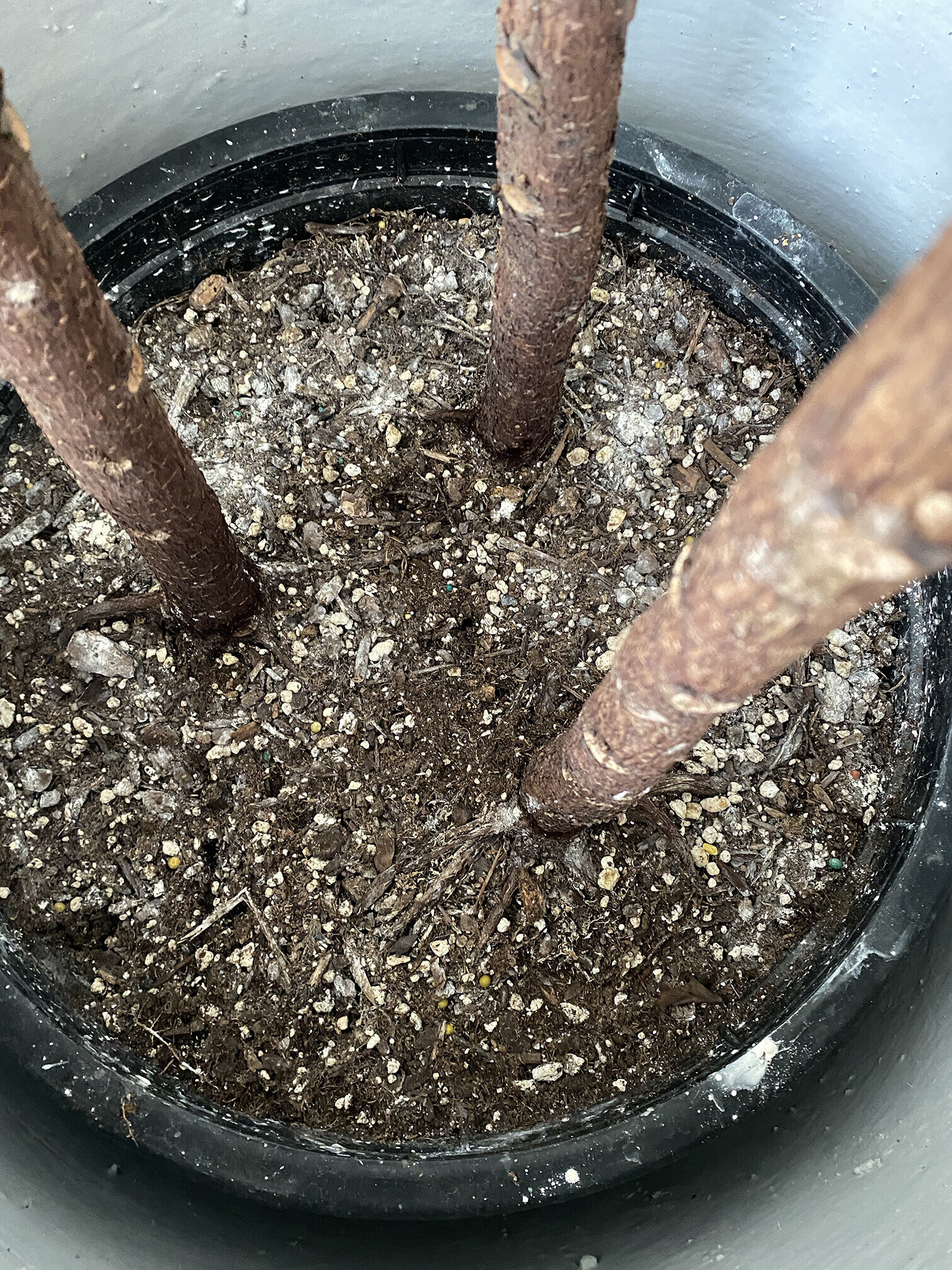
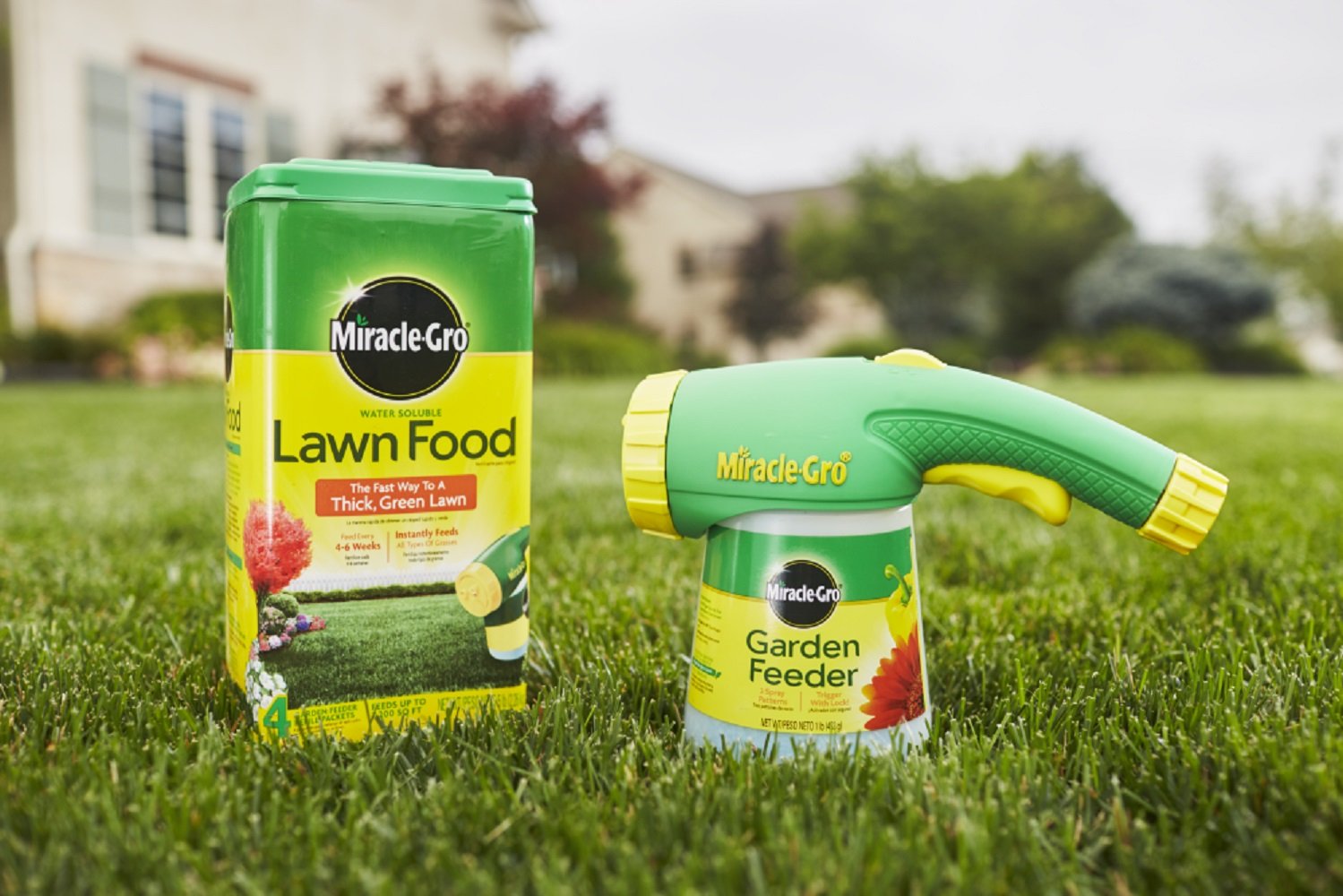
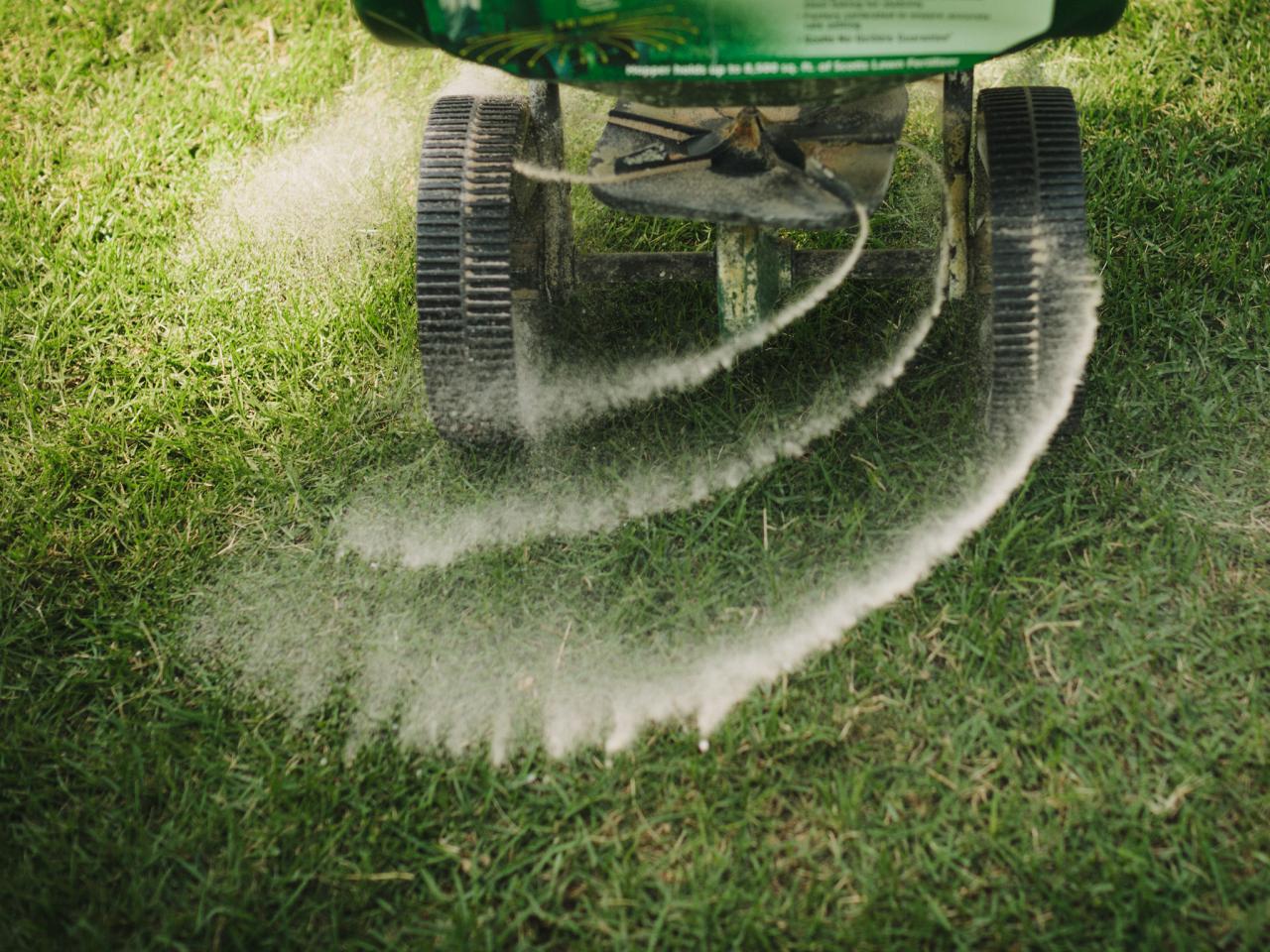
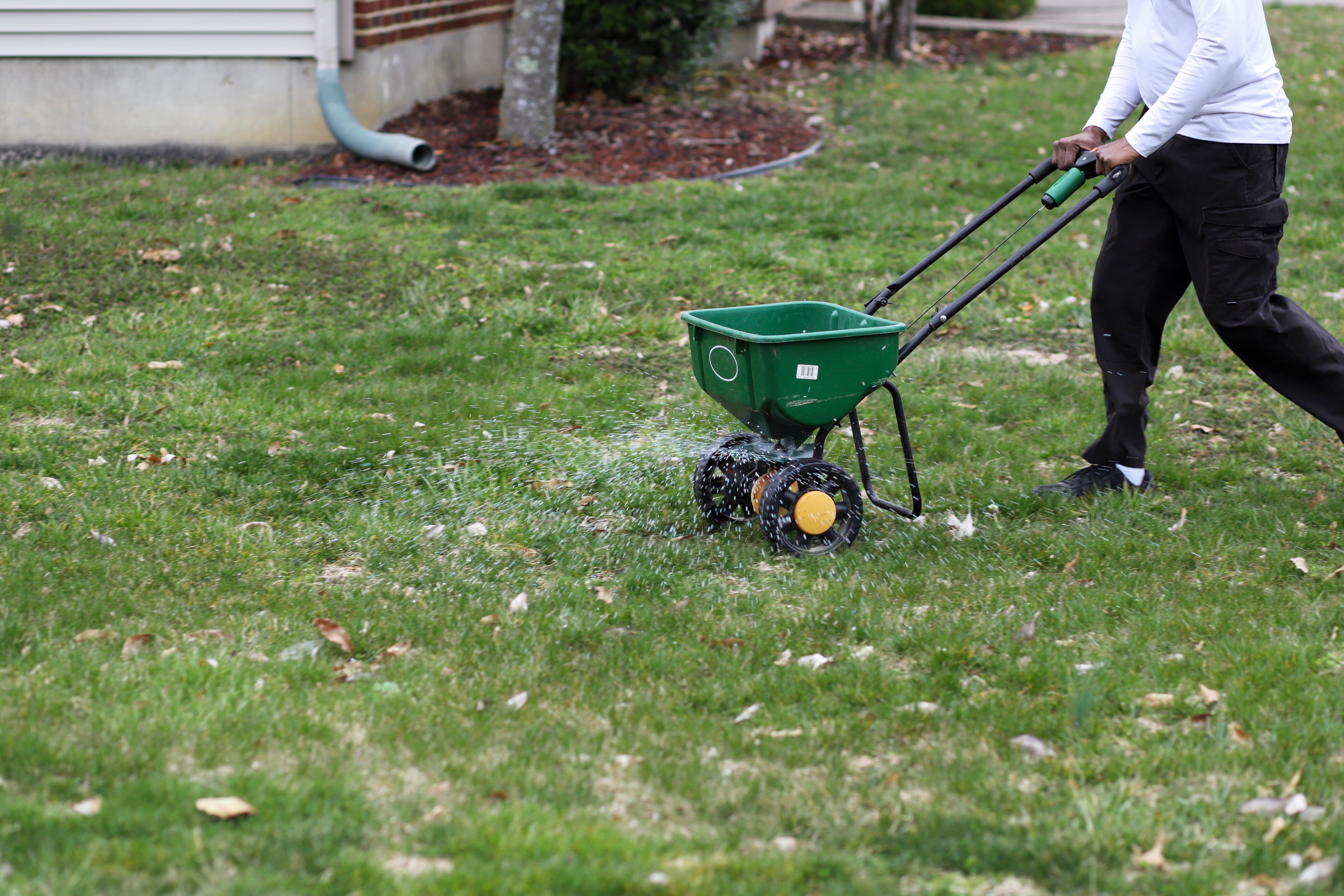
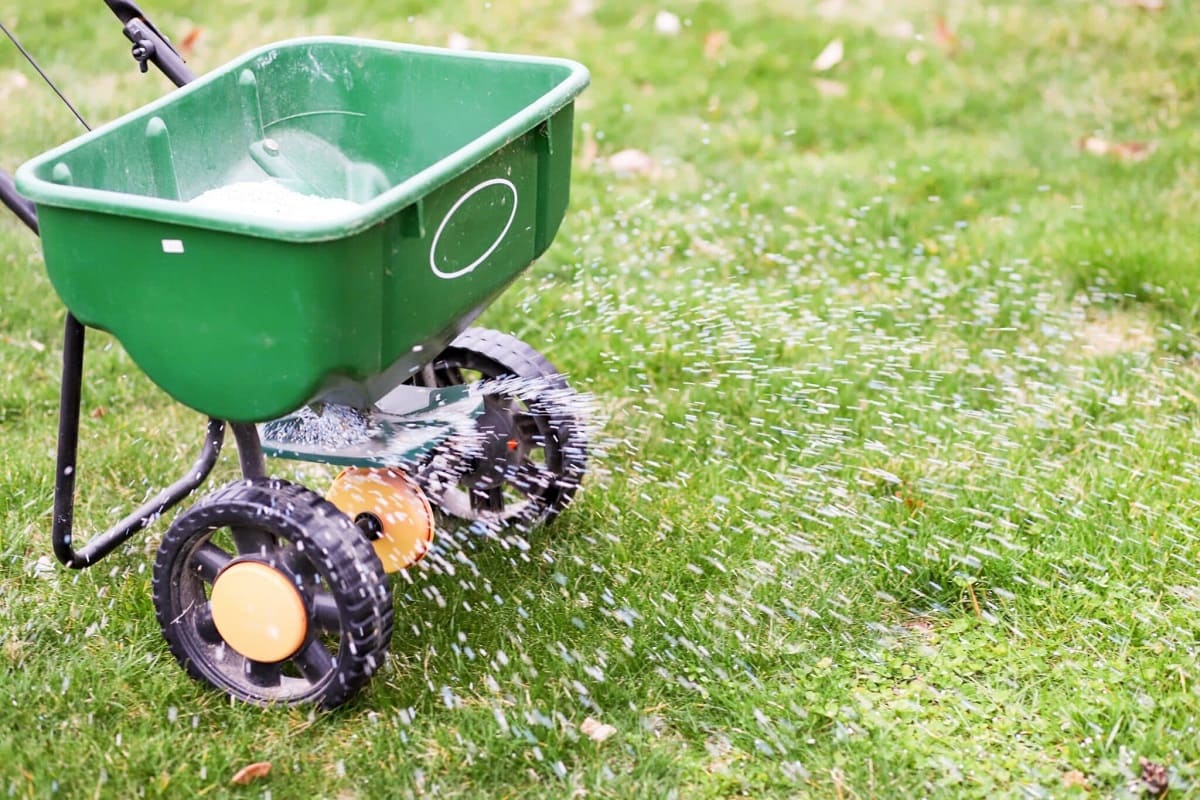
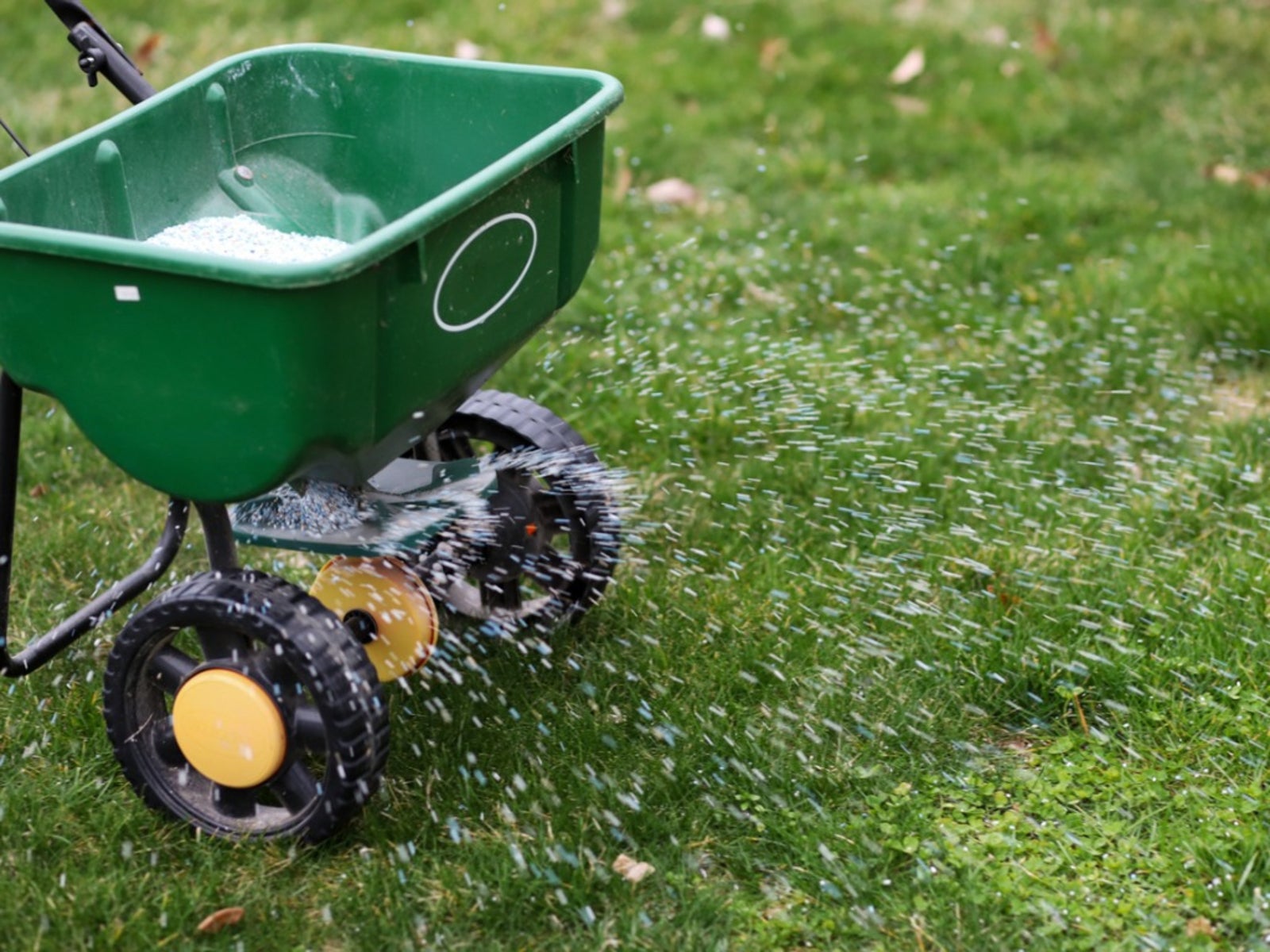

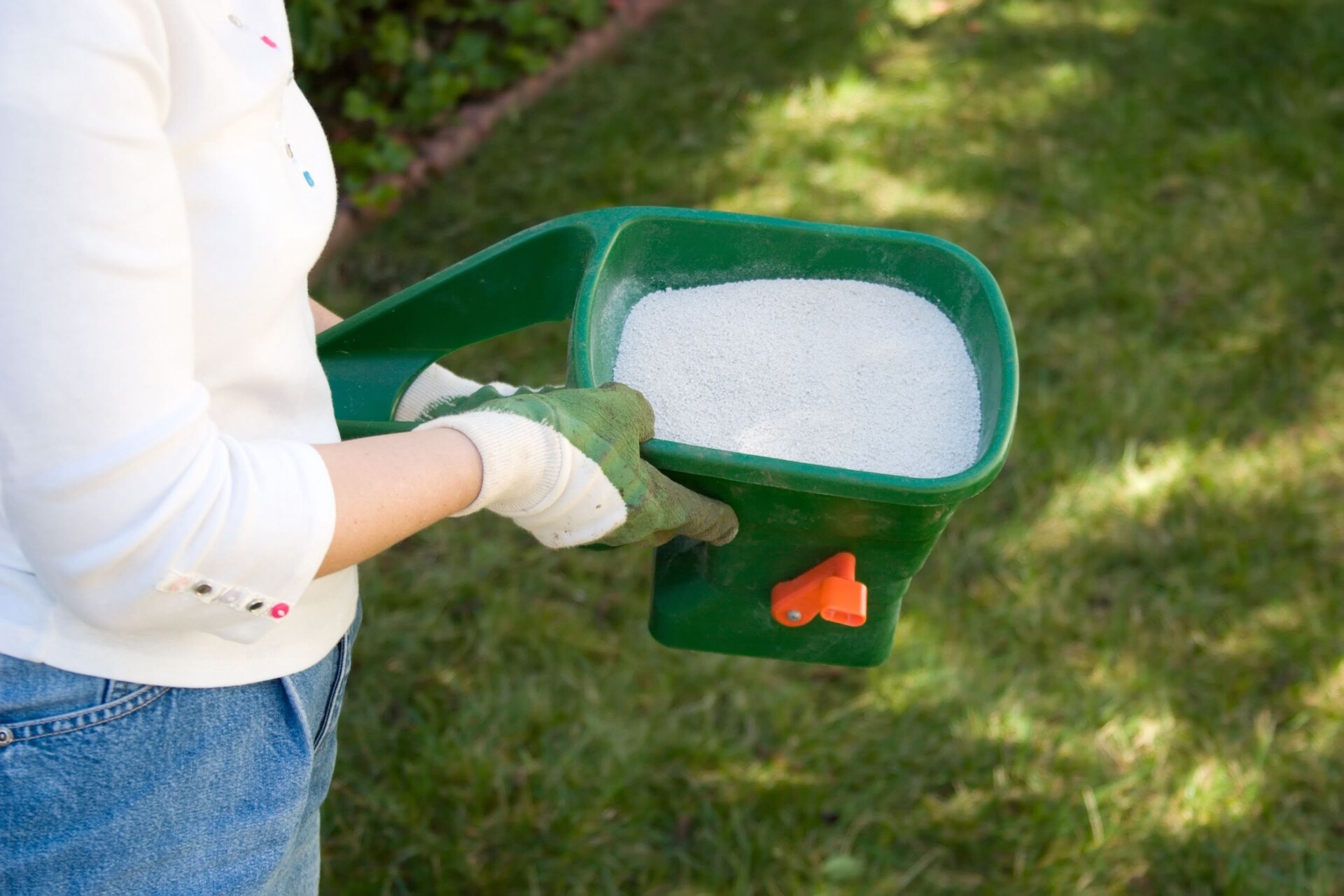
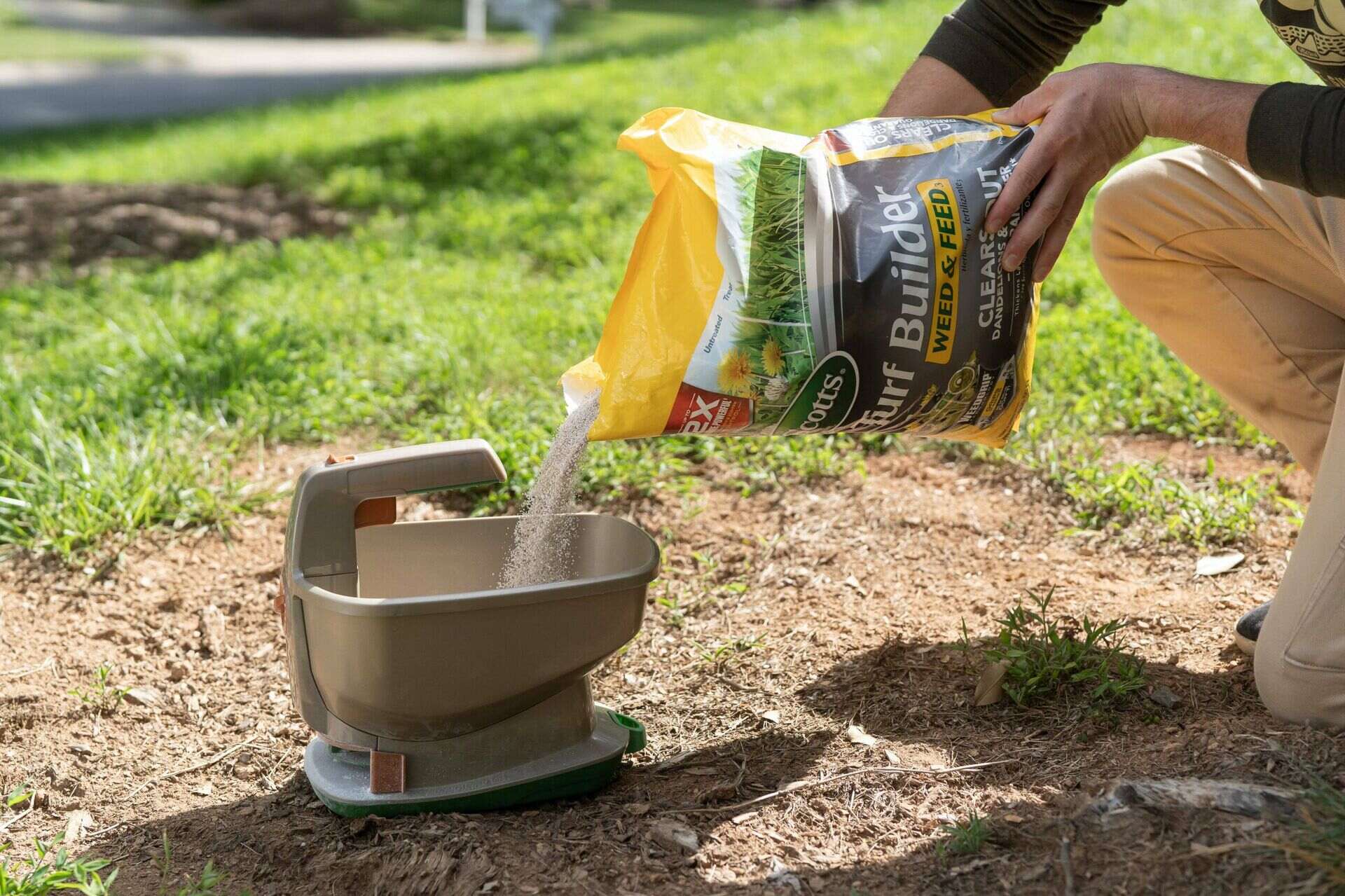
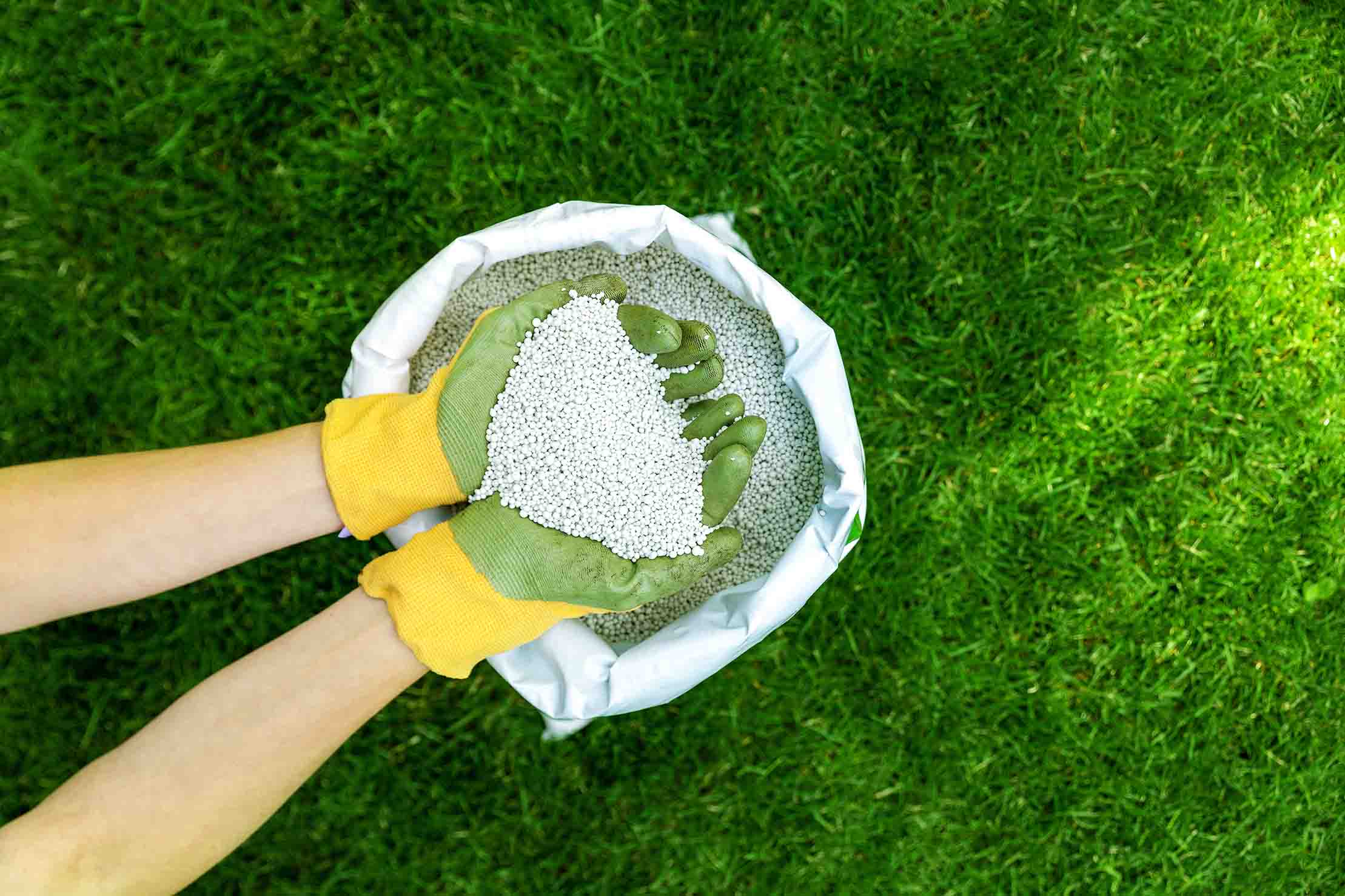
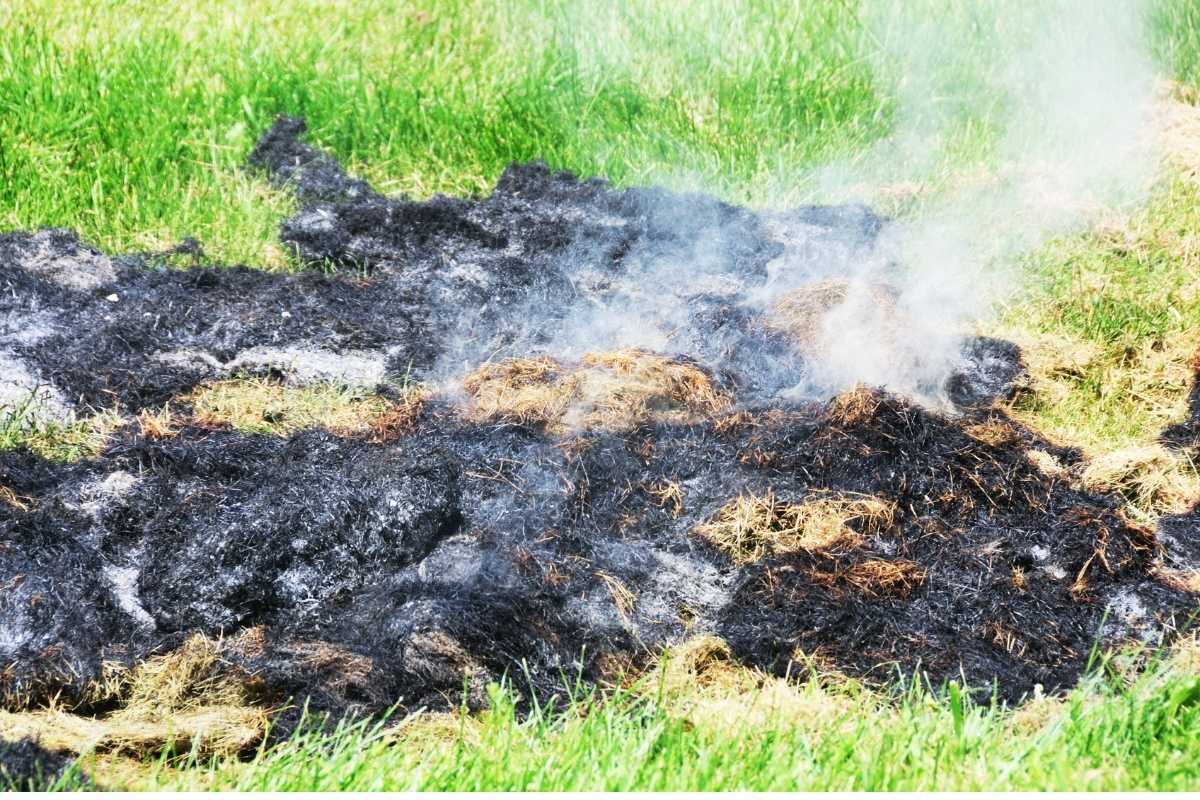
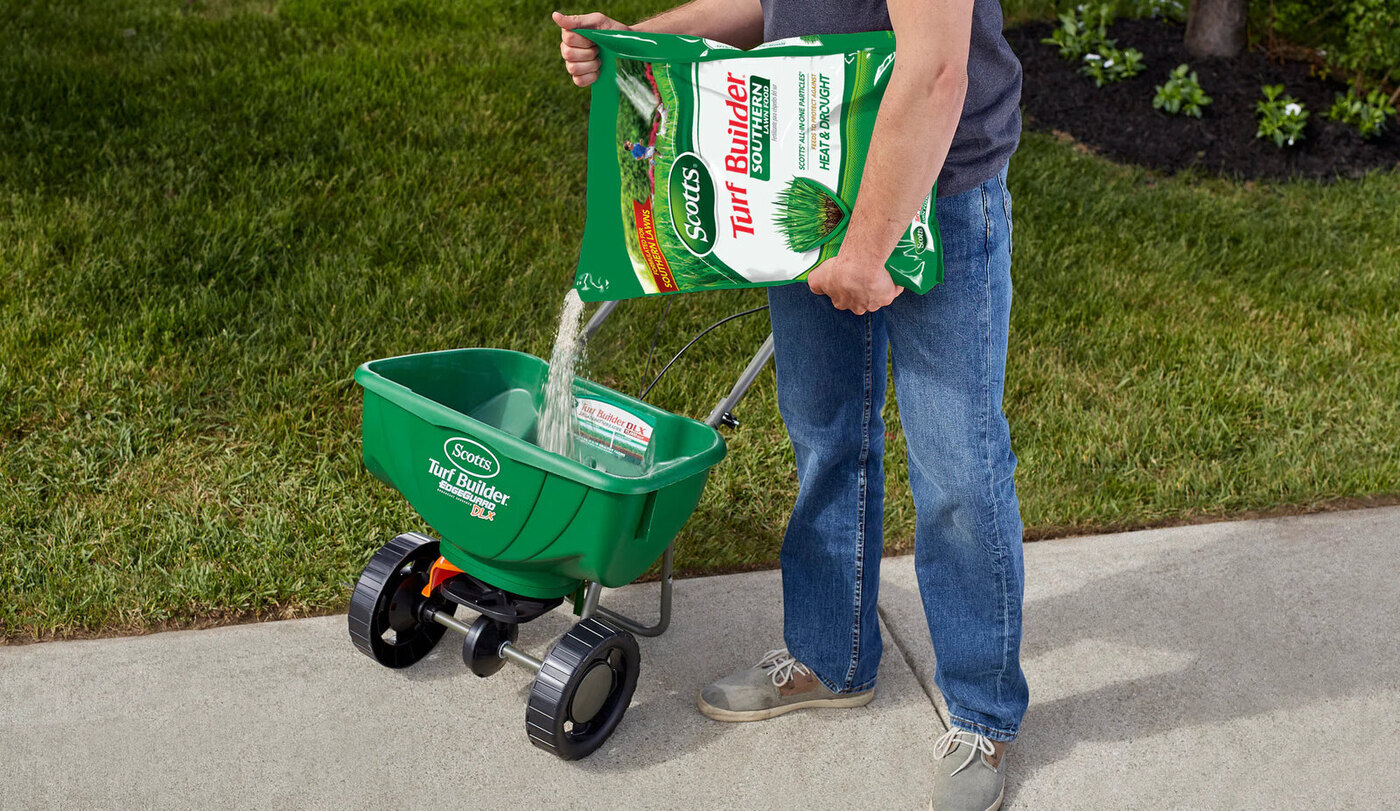
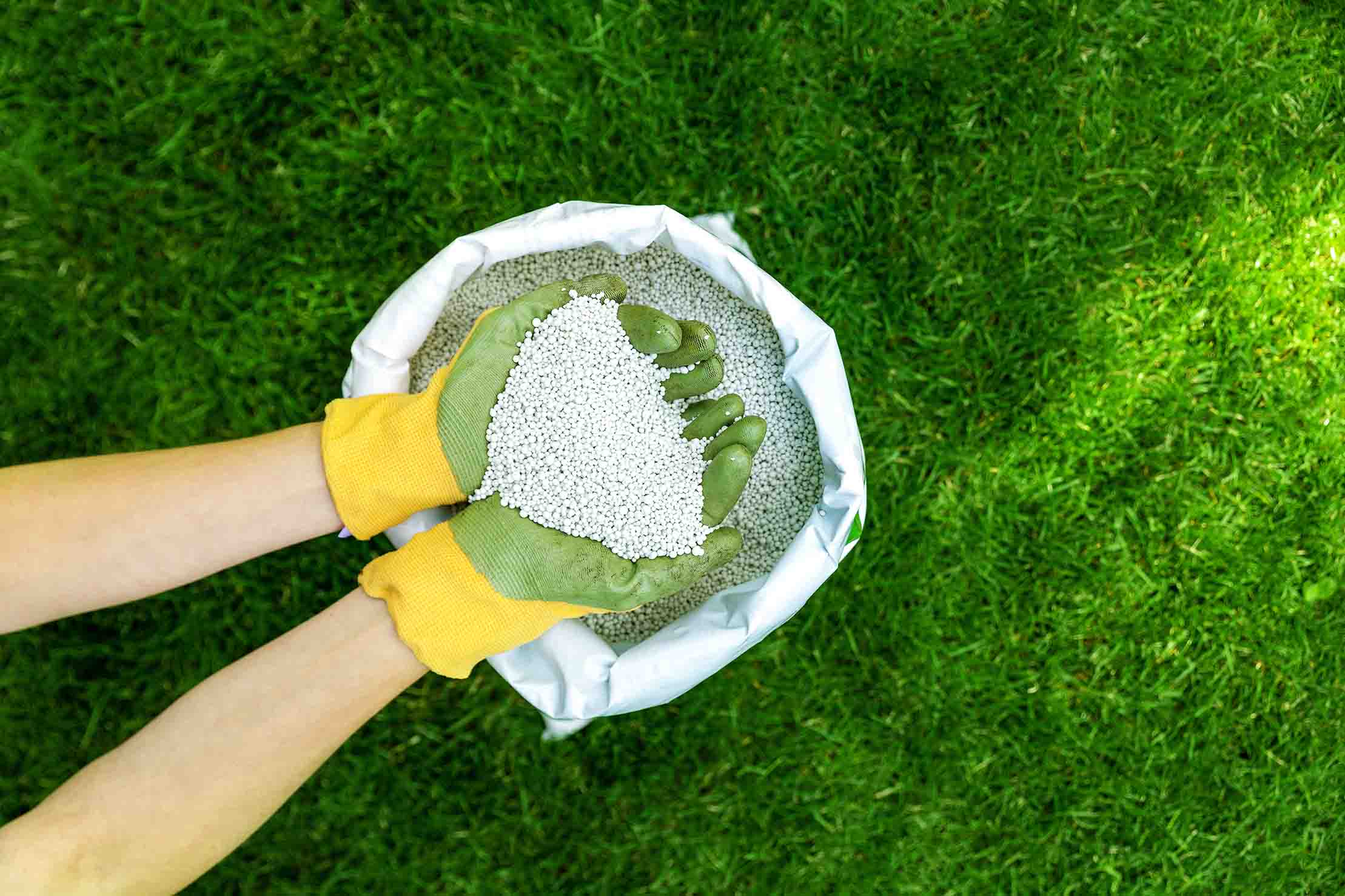
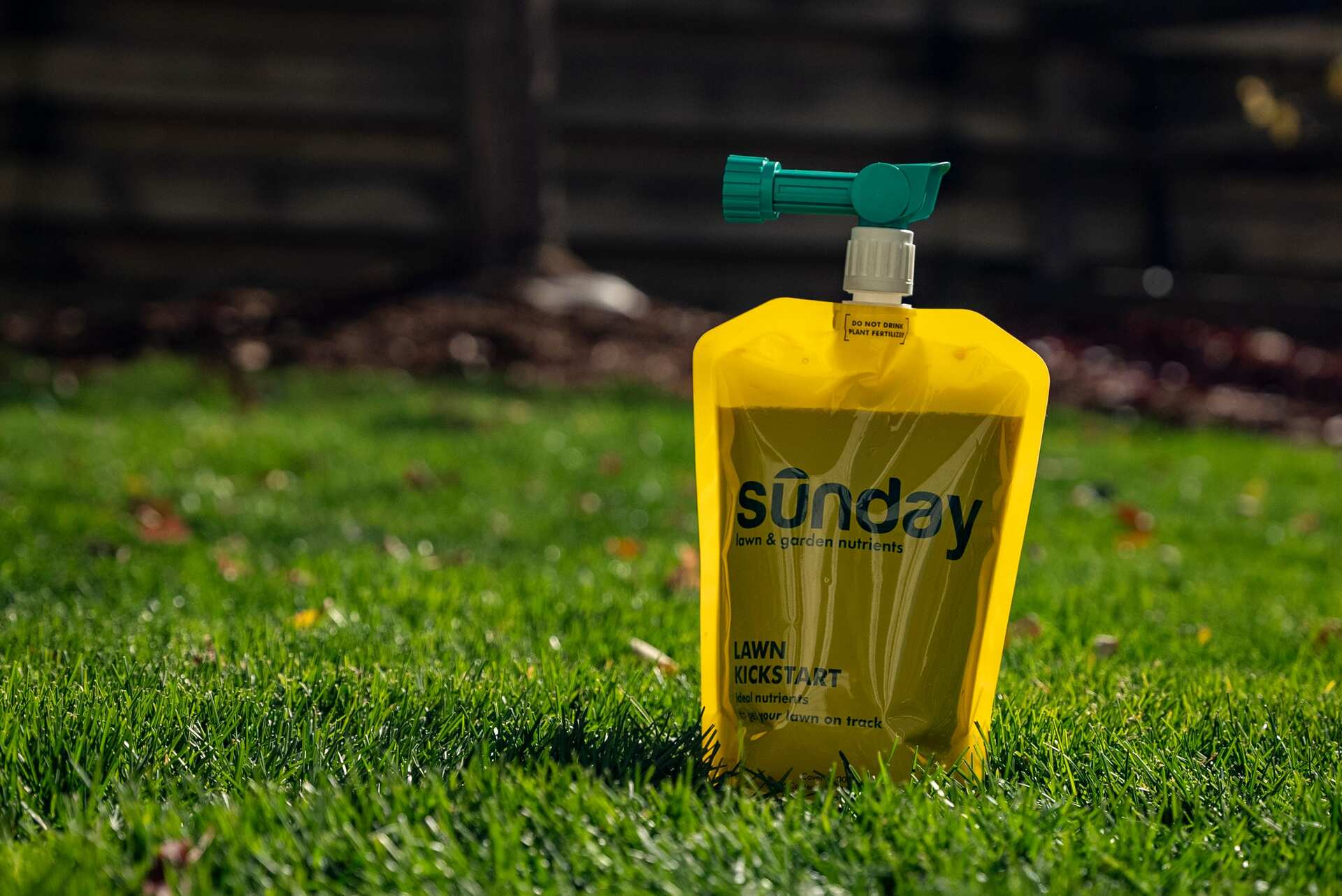

0 thoughts on “What Part Of Fertilizer Burns Lawns”